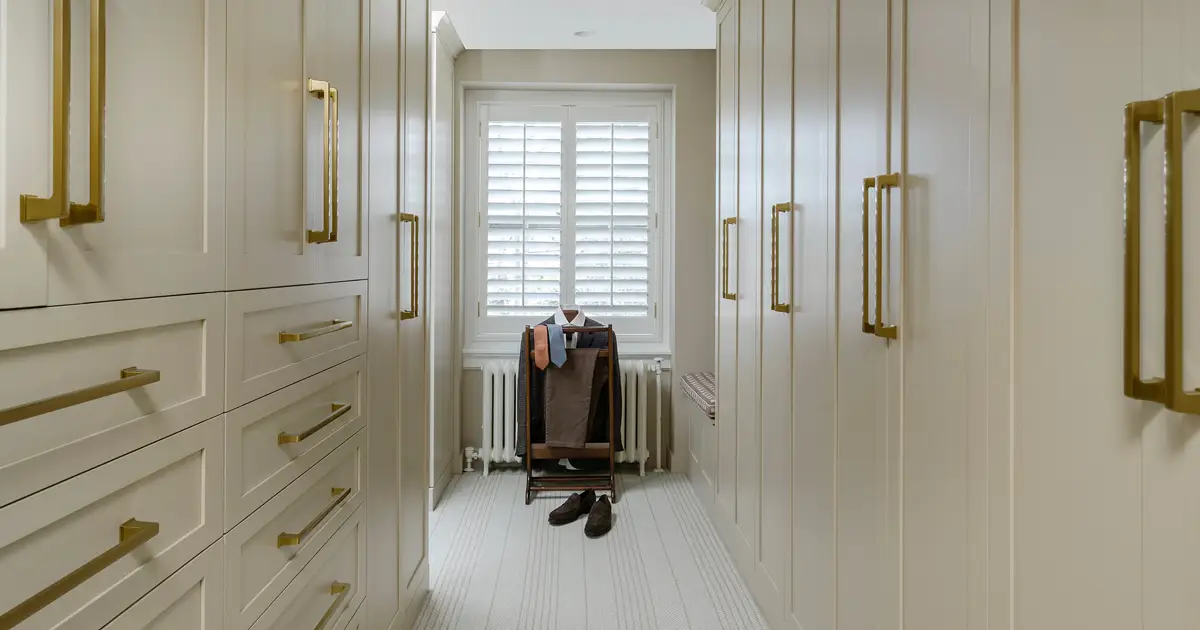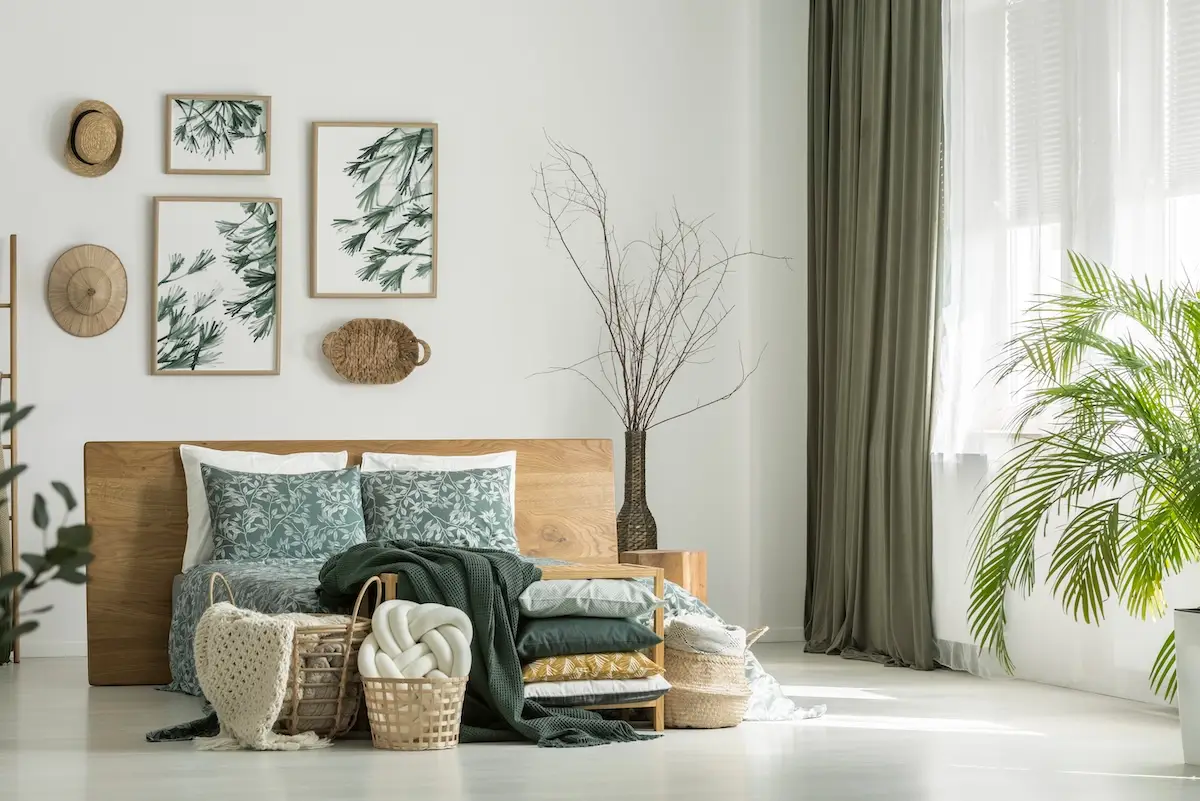Bathrooms are one of the first rooms considered when remodeling for aging in place, handicap accessibility, and general universal design. Today’s bathrooms are considered a place of relaxation and offer a continued expression of the home’s style.
Universal design is both human-centered and inclusive. That means you should learn about who you are designing for; it could be for yourself or a loved one. While commercial design is aimed to find solutions of a variety of abilities and conditions at the same time, universal design in the home can be more focused on its residents.
Considering Existing Spaces
If you’re remodeling, consider where your bathroom is already placed. Bathrooms are often the smallest room of the house, but, when designing universally, having a bigger bathroom space is more ideal. Explore the possibility of expanding your bathroom. This might mean knocking out an external wall to create additional room, or moving an internal one.
Once again, designing universally for residential homes is a lot different from designing commercially. It’s crucial to consider the people living in a home and clarifying what needs the homes design must meet, such as:
- Age and life stage of bathroom users
- Abilities and disabilities of users
- Number of people using the bathroom
- How and when the space is often used
- Types of habits to accommodate

Hiring a designer to help plan your next remodel or new construction is one of the most cost-effective ways to ensure that your home meets all of your needs. At WPL Interior Design, we can examine what your current needs are, as well as help you plan ahead. Otherwise, you may be looking at another remodel sooner than you’d like.
Universal Design Bathroom Guidelines for Wheelchairs
One of the top concerns for most residential universal bathrooms is the ability to accommodate wheelchairs, walkers, and/or an assistant. Begin by increasing doorways to at least 32 inches wide. There also needs to be 50 to 60 inches of circular walkway to provide easier mobility.
Slip-resistant flooring is another must have in a bathroom. You can find mosaic tiles that are a highly customizable and stylish, especially as tile flooring continues to evolve and become more sophisticated as a flooring option.

Bathroom Vanities
Sinks and counter tops must have plenty of room in front and underneath for users to comfortable move around. The space around the vanity will allow users to reach for any products or accessories they use in their routines. Electric outlets, light switches, and other controls should also be easily accessible.
Toileting Area
Toilets should be 17 to 18 inches from the floor to the top of the toilet seat. The Americans with Disabilities Act, or ADA, suggests a 60 inch diameter from the front side of the toilet to the adjacent wall so that wheelchair users can comfortably position their chair.


Install a grab bar on the wall 33 to 36 inches from the floor; it can be installed horizontally, vertically, or at an angle, depending on the primary user’s preference. In case of an emergency, some homeowners install a phone or intercom next to the toilet.
Bath and Shower
Replace traditional tubs with a walk-in shower or walk-in tub with bracing or grab bars. Curbless is best so that users can easily transfer themselves from their wheelchair to the shower bench. The bracing should be able to support 250-300 pounds. If possible, get rid of the shower door altogether. If you’re unable to do so, a 32-inch door is ideal.

Installing a sliding barn door instead of the typical glass door is a wonderful example of partnering function and design. Consider including a dressing seat beside the tub or a folding seat inside the shower as well.
Finding a Designer
Ample lighting, high contrast between surfaces, lever handles, raised vanities, and all-in-one toilets are just a few more details that can elevate a universal bathroom to an also luxurious one. These details are easy to overlook when you’re only focusing on what you “need” versus what you “want” in a design.

Universal design in homes is only getting more popular. Interior designers must stay on top of the latest technologies and design solutions that can help produce accommodating spaces that are still stylish and feel like “home.” It’s important to find a design team that will understand your needs so that no detail is forgotten. We pride ourselves at WPL Interior Design to bring our clients’ visions for their home to life. Contact us today to learn more about we can help you upgrade your home.




